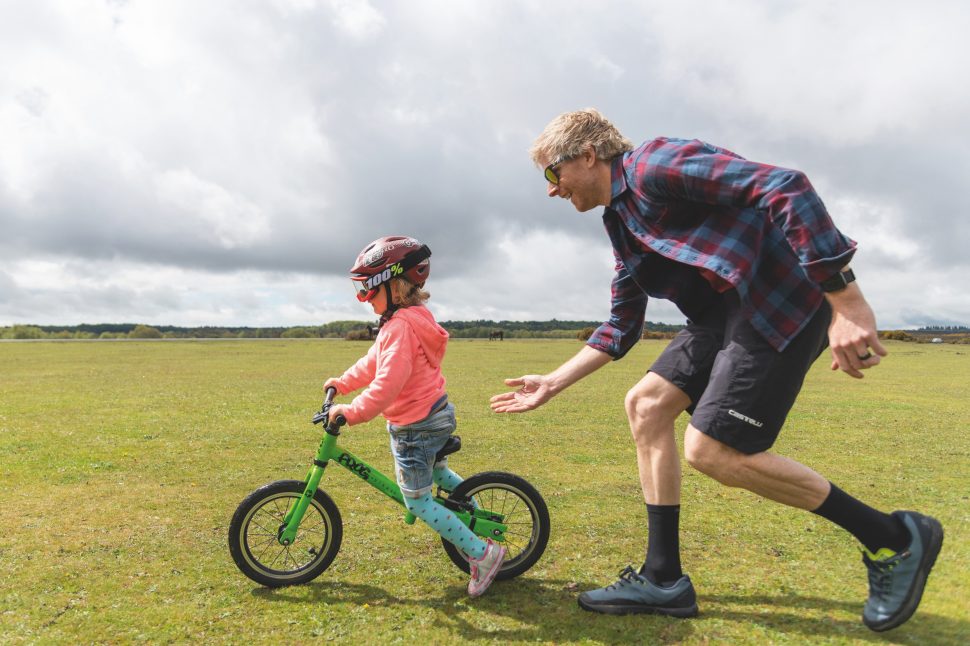Aug . 06, 2024 09:27 Back to list
Exploring the Exciting World of Children's Walkers and Their Impact on Early Development
The Rise of Kid Walkers A New Trend in Children's Mobility
In recent years, there has been a notable shift in how children engage with their environment, particularly in terms of mobility. The introduction of kid walkers — specially designed walking aids aimed at young children — has emerged as a popular solution for parents seeking to promote physical activity and independence among their little ones. These devices, often colorful and ergonomically designed, have redefined the landscape of childhood mobility and play.
Traditionally, children relied on strollers, tricycles, or simply their own two feet for transportation. However, with the increasing prevalence of screen time and sedentary lifestyles, fostering an active routine from an early age has become more crucial than ever. Kid walkers fill this gap by encouraging children to engage in physical activities while also enhancing their walking skills.
Kid walkers come in various forms, from simple push toys to more complex designs that promote balance and coordination. They are typically low to the ground, allowing easy access for toddlers who are just learning to walk. Some models even feature adjustable heights, allowing them to grow alongside the child. This adaptability ensures long-term use, making them a worthy investment for parents.
One of the most significant benefits of kid walkers is the encouragement they provide in developing gross motor skills. As children push or maneuver their walkers, they strengthen their leg muscles and improve their balance. These devices also encourage independent exploration. Instead of being confined to a stroller or carried by parents, children can move freely, discover their surroundings, and engage socially with peers.
kid walkers

Moreover, kid walkers can be designed to incorporate fun elements that capture a child’s imagination
. Many models are adorned with bright colors, fun themes, and even interactive features such as music or lights. This playful aspect not only makes walking more enticing for kids but also fosters a sense of ownership and pride in their mobility. Parents often report seeing their children become more confident and eager to walk once they start using these devices.Safety is, of course, paramount when it comes to children's products. Most kid walkers are designed with safety features, such as sturdy frames, non-slip wheels, and limits on speed, to ensure that children can explore without risk. Furthermore, they are usually manufactured from child-safe materials, providing peace of mind for parents concerned about their child's health.
Despite their many advantages, kid walkers are not without controversy. Some pediatricians express concerns about reliance on walking aids. They emphasize the importance of allowing children to develop their walking skills naturally without support. Advocates for natural development argue that while walkers can assist in the early stages, children should also have ample opportunity to walk unassisted and learn to navigate their environment independently.
In conclusion, kid walkers represent a significant innovation in the realm of child mobility. They provide a fun, engaging, and safe way for children to develop their motor skills while exploring the world around them. As parents strive to combat the sedentary tendencies of modern life, these devices serve as a vital tool in promoting active lifestyles and independence from a young age. As with any parenting tool, the key lies in balance — allowing children to experience the joy of movement while also ensuring they develop natural walking skills along the way. Ultimately, kid walkers can play a pivotal role in nurturing healthy habits that last a lifetime.
-
Best Road Bike for 11 Year Old Boy – Lightweight & Safe Kids’ Road Bikes
NewsJun.10,2025
-
Best Kids Trick Scooter – Safe & Durable Trick Scooter for Kids of All Ages
NewsJun.10,2025
-
Kids Small Foldable Tricycle Lightweight & Portable for Toddlers
NewsJun.10,2025
-
Lightweight Aluminum Kids Bike 16 Inch Durable & Safe Cycling for Kids
NewsJun.10,2025
-
Top Kids Bikes for 8 Year Olds Safe & Affordable
NewsJun.10,2025
-
Stacyc Electric Balance Bike Fun & Safe Kid's Riding Gear
NewsJun.09,2025
